This is Anxiety Too
When we think of anxiety or a person who is anxious, we often think of someone who looks panicked, someone who is writhing their hands, hyperventilating or crying. That can be the experience of anxiety but it’s not always that obvious for children, adolescents or young adults. Anxiety is an internal physiological and cognitive experience that is all consuming and consistent. There are days when anxiety is stronger and there are some days when anxiety is quieter. There are times when anxiety is triggered by a scent or a thought, and sometimes, it can be triggered by seemingly nothing at all.
The Silent Side of Anxiety
Anxiety is an invisible disability in that it can’t be seen. It is often very difficult to look at a person and accurately assess their experience of anxiety and its intensity. It is an internal experience that can be easily misinterpreted as aloofness or disinterest. In fact, people with anxiety are not aloof or disinterested at all. Instead, they often want to be accepted and part of the group. They want to be present but are often worried about:
- How others feel around them
- If they have contributed to negative feelings in the social situation they’re in
- If they can maintain a conversation well
- If they are being judged
- Where the exits are
- Their safety and the safety of others
- What to do with their hands
- How to position their body
- Where to stand
- When to speak and when to stop speaking
What Anxiety Can Also Look Like
Although anxiety doesn’t have a particular “look,” there are ways that anxious people present that can be very easily confused.
- Speaking excessively in social situations in order to cover awkward silence
- Laughing at everyone’s jokes and comments
- Not laughing at anyone’s jokes or comments
- Being excessively agreeable
- Saying “yes” to social plans then canceling last minute.
- Stuttering or stammering
- Struggling to communicate thoughts clearly
- Repeating a thought or phrase
- Losing one’s train of thought
How to Help Yourself or Someone who is Feeling Anxious
- Wear an anxiety spinner ring and fidget with it when anxious (click here for Amazon anxiety spinner ring link)
- Ask, “Are you okay?”
- Say, “Would you like to go somewhere quieter to take a break?”
- When you’re feeling overstimulated or overwhelmed with the situation, go to a quieter space (e.g., bathroom) and take a break. Play a game on your phone
- If you’re asked a question and don’t know how to respond, say “I’m not sure. Let me get back to you on that.”
- If you don’t want to participate, say “I’m going to pass, but next time.”
Self-Care for Anxiety
As an anxious person, I am not good at knowing when to stop, take a break or cut myself a break. We are mean to ourselves in the words that we use speak to ourselves. Phrases like the following are way too familiar but words we would never use towards another person:
- “I’m so stupid”
- “I can’t do this”
- “They hate me”
- “I’m an idiot”
- “Why did I do that?”
- “Why did I say that?”
- “Nobody is going to want to talk to me again”
- “They’re never going to invite me again”
- “Nobody cares about me”
- “How can anybody like somebody like me?”
Take the break and speak kinder words to yourself. Use phrases such as:
- This is hard for me
- Who can I talk to?
- What can I do right now to help myself?
- I’m not dumb or an idiot
- I’m scared
Anxiety is a liar and just because we have anxious thoughts doesn’t mean they’re real or true. And just because we had a thought, it doesn’t mean it’s going to happen. Our thoughts are not trend setters, nor can they make things happen. They are thoughts. Recognize them as thoughts based on fears and insecurities and then show them to your emotional door. Let them go!
******************************
Anxiety is real even though it can’t be seen or measured from the outside. Recognize your behaviors and find more comforting ways of speaking to yourself. Seek therapy with a professional who specializes in Cognitive Behavioral Therapeutic techniques ( CBT) in order to more clearly identify your thoughts and how they impact your behavior.








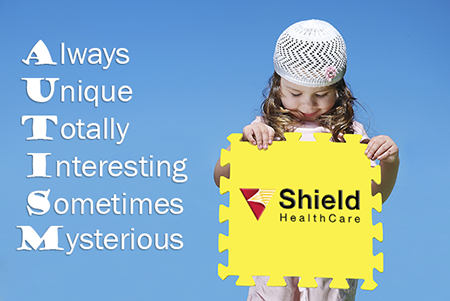


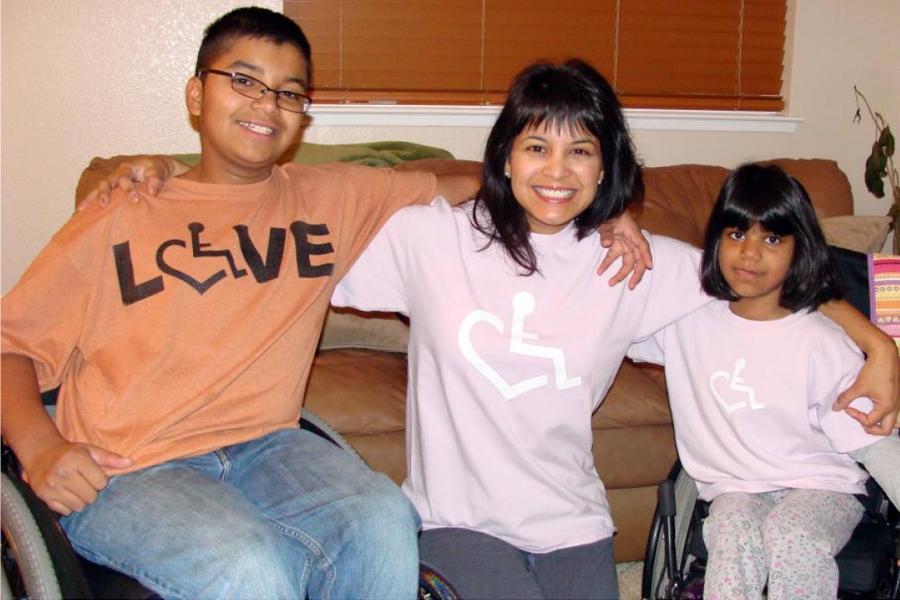


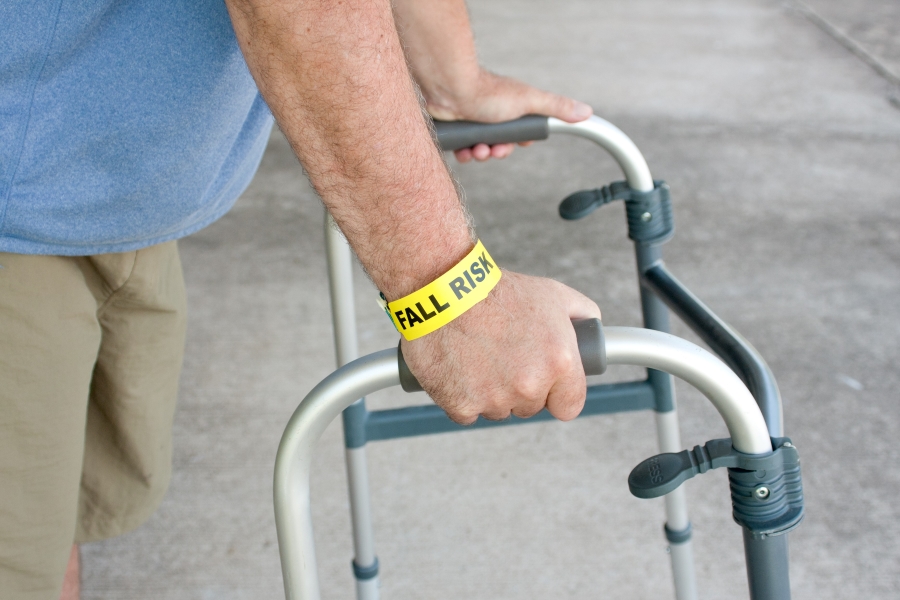
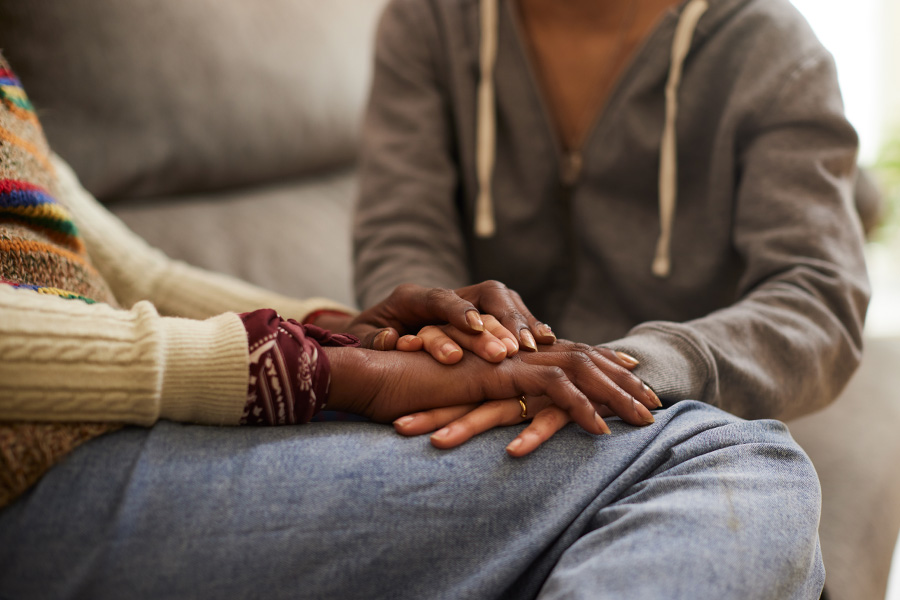

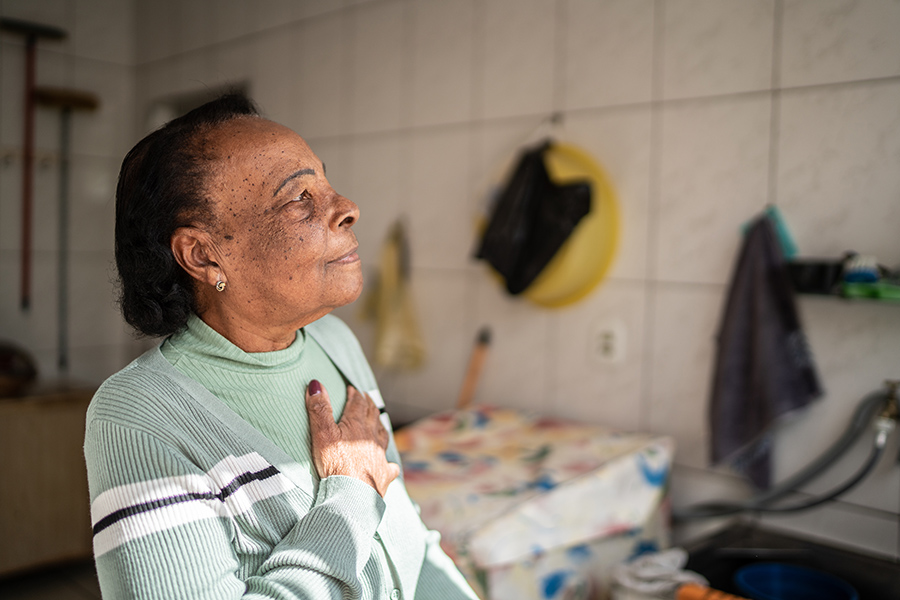




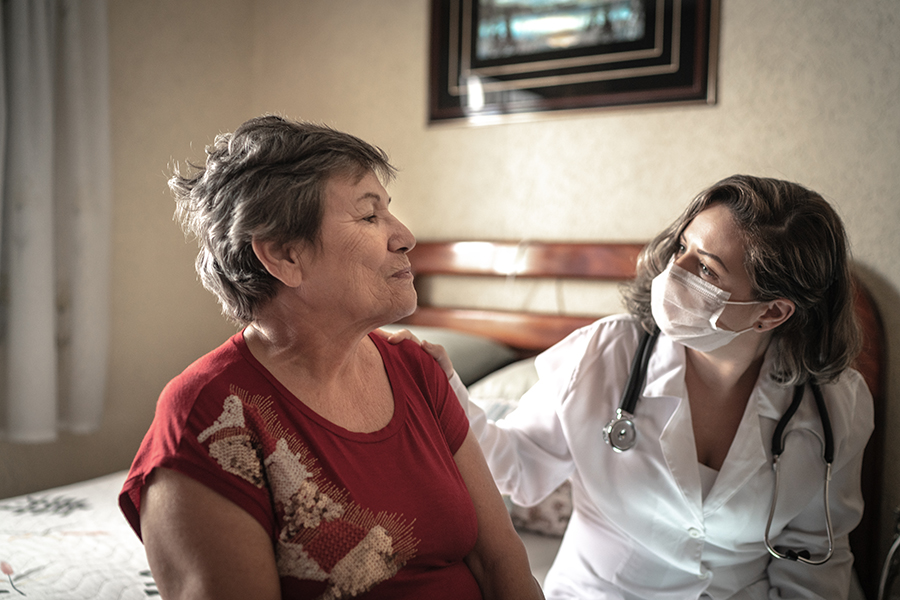
Thanks for this article. It made me realize that I’ve had a milder form of anxiety all of my life. I had thought that my “new” anxious feelings had started during COVID but now realize that COVID isolation only exacerbated a condition that was always hiding just beneath the surface.